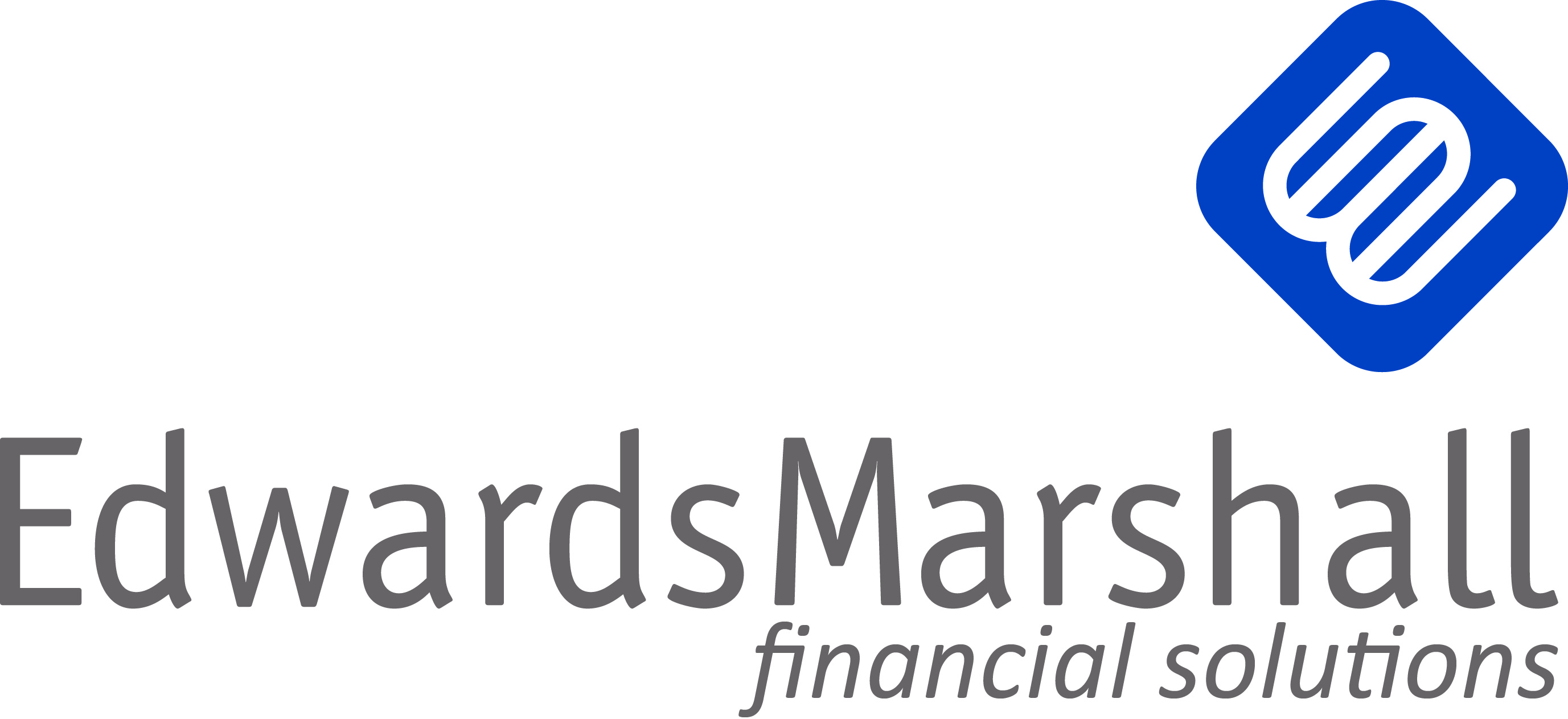We provide clients with many professional and technical services. For a detailed description, please select the relevant service.
Great
News
Feb 02, 2021 / News
How to manage your debt

Australia has the second highest household debt in the world, second only to Switzerland, with household debts running at about 125 per cent of gross domestic product (GDP). With stats like this, it’s no wonder debt is something that keeps Australian’s up at night.
Consolidating your debts, transferring your credit cards to a low or zero balance card and making sure you’re paying the lowest possible rate on your mortgage, are just some of the steps you can take to manage your debt and get on top of your loans.
According to the ABC’s 2019 survey, Australia Talks, debt is a problem for 90 per cent of the 55,000 people who responded to the research. Additionally, 37 per cent of respondents said they struggled to pay their debts, with almost half of millennials surveyed stating that debt is a problem for them.
Here are three ways to help manage your debt.
1. Debt consolidation
This is a strategy that can help you reduce the interest you pay over time and the total amount you pay on your loans. It involves consolidating or combining higher-paying debts such as credit cards into a lower-paying facility such as a personal loan. Consolidating your debts this way could help you to increase the amount you save.
Research conducted by Canstar, in April 2020, shows the average interest rate charged was 13.76 per cent for a non-rewards credit card, while the highest rate was 24.98 per cent. This compares with an average rate of 10.30 per cent for personal loans of which could reduce the amount you would pay in interest over time on your credit card.
Another option to help you consolidate your debt is to ask your bank if you can combine all your personal loans and credit cards into your home loan. According to Finder’s figures from April 2020, the average variable home loan interest rate is 4.63 per cent. So, consolidating all your loans into your home loan means you’ll save even more than consolidating your debts into your personal loan. If you consolidate your loans into your home loan, you are selecting your home as security. This means it is important for you to consider which option is right for you, as the lender can sell your home back to the bank if you are unable to make the repayments.
2. Take control of your credit cards
If you are unable to consolidate your debts into your home loan or a personal loan, there are other ways you can manage your finances.
The Australian Securities and Investments Commission (ASIC) conducted research into credit card lending. After reviewing 21.4 million credit card accounts, they found 18.5 per cent of people struggle with credit card debt. You do not need to be a part of this statistic if you take control of your credit card debt.
How to take control
The first step is to review how much you owe. Once you have this figure, you can then calculate how long it will take you to pay off your credit card. Let’s say you owe $10,000 and you are pay 18 per cent interest. It will take you 43 years and 11 months to pay off this debt by paying the minimum amount of $203 a month, and you will end up paying $36,332 in total. But, if you increase your monthly repayments to $492, you can have the debt paid off in two years and only pay $11,805. That’s a saving of $24,528.
Balance Transfer
Arranging a balance transfer is another great way to get on top of your credit card debts. This strategy involves transferring your credit card balance from a high-interest card to a low-interest or zero-interest card and paying off as much as possible during the special low-interest or zero-interest period.
It is, however, important to understand the terms and conditions of credit card products as interest rates can increase the standard variable rate applicable to the credit card after the special interest conditions end.
Another way to get on top of your credit card debt is to pay off the amount in full before the end of the card’s interest-free period. Be aware that the interest-free period does not start from the time you make a purchase, but instead, at the start of each statement.
Many cards have an interest-free period of up to 55 days. If you buy something at the start of each statement’s interest-free period, you will enjoy 55 days interest-free. The interest-free period may not apply to cash advances and balance transfers.
3. Check you are on the lowest possible home loan rate
With interest rates at a record low, home loans have never been more affordable. Surprisingly, however, a large number of people do not check if they are on the lowest possible rate. To ensure you are on the lowest rate, ask your bank for their best rate they can give you. If you have a mortgage, now is the time to contact your lender to check if it is possible to reduce your interest rate. If you are able to reduce your rate, you could save thousands over time and pay off your home loan faster.
About us
EMFS was formed in 2001 originally to service the financial planning needs of the clients of Nexia Edwards Marshall, Chartered Accountants. In addition, we now service clients referred by other accounting firms, lawyers and clients who are not serviced by Nexia Edwards Marshall. We manage funds totalling about $250m on behalf of clients.
Liability limited by a scheme approved under Professional Standards Legislation. Contents of this publication are general of nature and are not intended to be used for decision making purposes. Edwards Marshall Financial Solutions Pty Ltd ABN 45 096 434 842 is an Authorised Representative of Edwards Marshall Advisory Pty Ltd ABN 18 600 878 555. AFS Licence No. 479 792.


